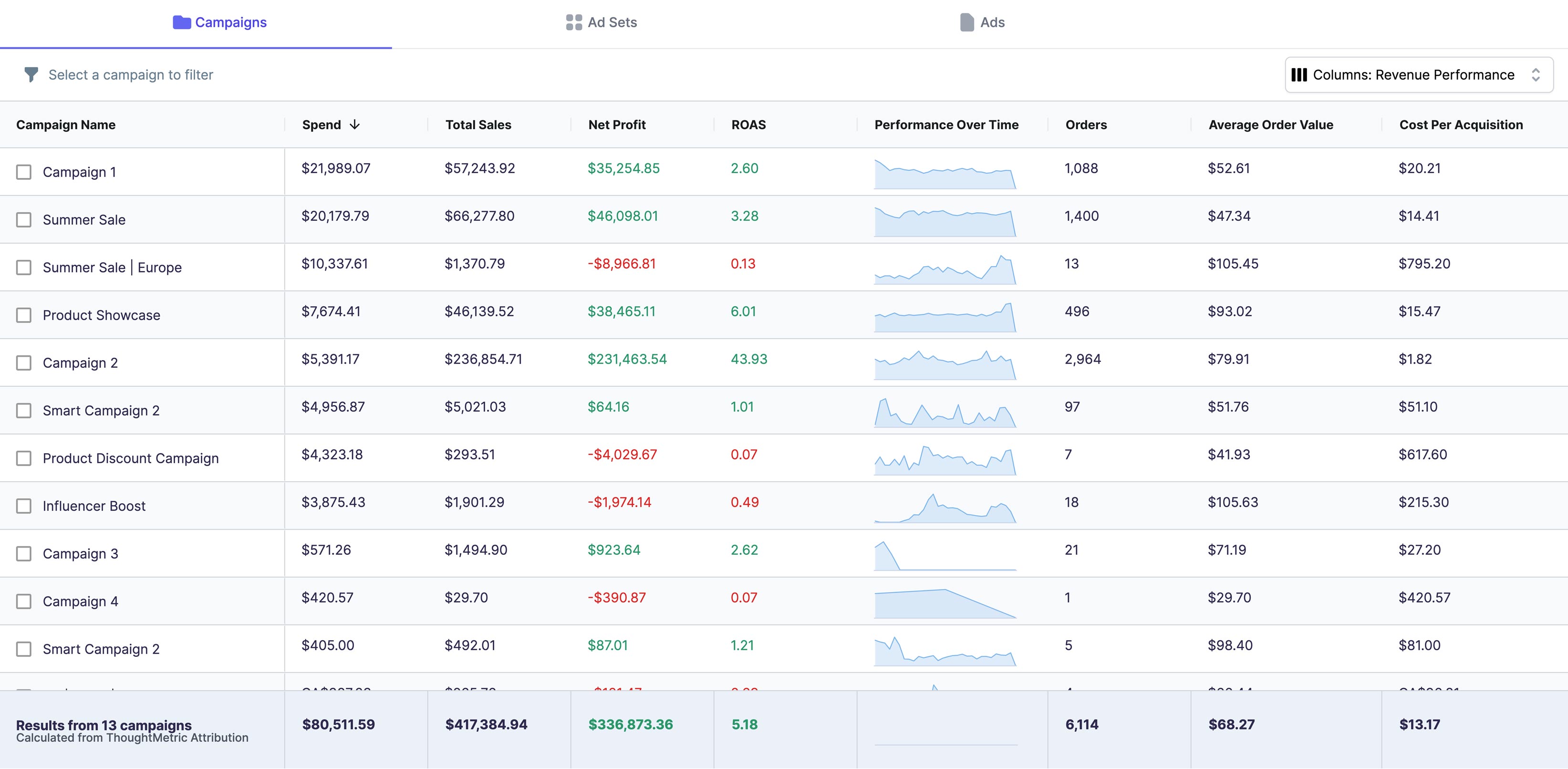If you're running an e-commerce business and looking to expand your reach, international shipping is a must. Shopify makes it easy for you to set up global shipping, but the process can be confusing, especially if you're new to the platform. In this article, we'll provide a step-by-step guide to help you set up international shipping on Shopify.
Understanding International Shipping on Shopify
Before we dive into the steps, let's take a moment to understand why international shipping is significant for your business and how Shopify makes this process more straightforward.
Why International Shipping is Important for Your Business
If you're only shipping domestically, you're limiting your reach and missing out on potential sales opportunities. International shipping allows you to tap into a global market, increasing your revenue and expanding your customer base. With the rise of e-commerce, more and more consumers are comfortable shopping online, and this includes purchasing from international retailers. By offering international shipping, you can cater to these customers and provide them with the products they want, no matter where they are in the world.
International shipping also allows you to diversify your customer base and reduce your dependence on any one market. This can be particularly important in times of economic uncertainty or political instability, as it can help mitigate the risk of relying on a single market for your revenue.
How Shopify Simplifies International Shipping
Shopify streamlines the process of setting up international shipping by providing you with tools to customize shipping rates and track packages, as well as built-in integrations with popular shipping carriers and third-party shipping apps.
One of the key features of Shopify's international shipping tools is the ability to set up custom shipping rates based on the destination country. This allows you to offer competitive shipping rates to customers in different parts of the world, without eating into your profit margins. You can also set up shipping rules based on the weight and size of the products you're shipping, ensuring that your shipping rates are accurate and fair.
Shopify also provides you with a range of shipping carrier integrations, including USPS, FedEx, DHL, and UPS. These integrations allow you to easily print shipping labels, track packages, and manage your shipments directly from your Shopify dashboard. If you prefer to use a third-party shipping app, Shopify integrates with a range of popular options, including ShipStation, Shippo, and Easyship.
Finally, Shopify's international shipping tools include features that help you manage customs and taxes. You can set up automatic customs forms and declarations, reducing the risk of delays or additional fees at the border. You can also set up tax rules based on the destination country, ensuring that you're charging the correct amount of tax for each order.
Preparing Your Store for International Shipping
Expanding your business to reach international customers is an exciting step, but it requires some preparation to ensure that your products can be shipped safely and legally. Here are some steps you can take to prepare your store for international shipping:
Researching Shipping Regulations and Restrictions
Each country has different customs regulations and restrictions on what can be shipped across its borders. It's essential to research the regulations and restrictions in the countries you plan to ship to, so you can ensure that you're complying with the laws. For example, some countries have restrictions on shipping certain types of products, such as food, plants, or electronics. Other countries may require specific documentation or labeling for certain products.
It's also important to be aware of any taxes or duties that may apply to your shipments. Some countries may require customers to pay import taxes or duties on products they receive from abroad, which can affect the overall cost of your products for international customers. Make sure you understand these costs and factor them into your pricing strategy.
Determining Shipping Zones and Rates
Shipping zones are geographic areas that define how much it costs to ship a package to a particular location. Shopify allows you to create custom shipping zones and apply different shipping rates to each zone based on the package's weight, size, and destination. When setting up your shipping rates, consider the cost of shipping to different regions, as well as any additional fees or surcharges that may apply for international shipments.
You may also want to consider offering free shipping for international orders over a certain amount, as this can be an attractive incentive for customers to make larger purchases.
Setting Up Currency Conversion
Shopify offers multi-currency support, which means customers can shop in their local currency, and you can receive payment in your currency of choice. Setting up currency conversion on your store can help improve the customer experience for international shoppers and increase your sales.
When setting up currency conversion, make sure you're using up-to-date exchange rates and that your prices are competitive in each currency. You may also want to consider offering discounts or promotions for customers who shop in certain currencies, as this can help incentivize sales.
By taking these steps to prepare your store for international shipping, you can expand your customer base and reach new markets with confidence. With the right research and planning, you can ensure that your products are shipped safely, legally, and cost-effectively to customers around the world.
Configuring Shopify Shipping Settings
Now that you've prepared your store for international shipping let's move on to configuring the Shopify shipping settings. Follow these steps to set up international shipping.
Adding Shipping Zones
First things first, you need to navigate to the Shipping settings in your Shopify admin and create custom shipping zones for each country you plan to ship to. This will ensure that you're charging the correct shipping rates for each destination. It's important to note that you can add as many zones as you need. This is particularly useful if you plan to ship to multiple regions within a single country.
For example, if you plan to ship to the United States, you may want to create separate shipping zones for the East Coast, West Coast, and Midwest regions. This will allow you to charge different shipping rates for each region based on factors such as distance and shipping speed.
Setting Up Shipping Rates
Once you have created shipping zones, you need to set up shipping rates for each zone. This is where you decide how much to charge your customers for shipping. You can charge a flat rate or base the shipping cost on the package's weight, size, and destination.
When deciding on your shipping rates, it's important to consider the cost of packaging materials and any additional fees charged by your shipping carrier. You don't want to undercharge for shipping and end up losing money on each order.
Customizing Shipping Labels and Packaging
Now that you've set up your shipping zones and rates, it's time to think about how you want your packages to look when they arrive at your customers' doors. You can customize shipping labels with your brand's logo and colors to make your packages stand out. This is a great way to reinforce your brand identity and make a positive impression on your customers.
Additionally, you can choose from a variety of packaging options that suit the products you're shipping. For example, if you sell fragile items, you may want to use padded envelopes or bubble wrap to ensure that your products arrive in pristine condition.
Overall, taking the time to carefully configure your Shopify shipping settings can help you provide a great customer experience and streamline your order fulfillment process. By creating custom shipping zones, setting up accurate shipping rates, and customizing your packaging, you can ensure that your customers receive their orders on time and in great condition.
Integrating Third-Party Shipping Apps
Shopify offers integrations with popular shipping apps that can help streamline your international shipping process. Here's how to integrate a third-party shipping app.
Popular Shipping Apps for Shopify
Some popular shipping apps for Shopify include Shipstation, Shippo, Easyship, and Printful. Each app offers unique features, so it's worth doing research to determine which one is the best fit for your business.
Connecting Your Shipping App to Shopify
Once you have selected a shipping app, log in to your Shopify account and navigate to the Apps section. Search for the shipping app you want to use and follow the prompts to connect it to your store.
Configuring Shipping App Settings
Each shipping app will have different settings and configurations, so be sure to read the setup instructions carefully, and customize your settings to fit your business needs.
Conclusion
By following this step-by-step guide, you can set up international shipping on your Shopify store in no time. Remember to research shipping regulations, customize shipping rates and zones, and integrate third-party shipping apps for a streamlined international shipping process. With these tools in hand, you can expand your reach, grow your business, and increase your revenue.



.png)

%20(1200%20x%20650%20px).png)